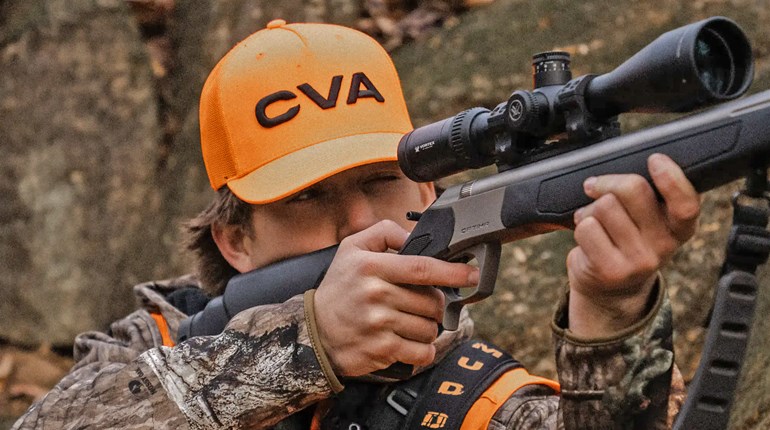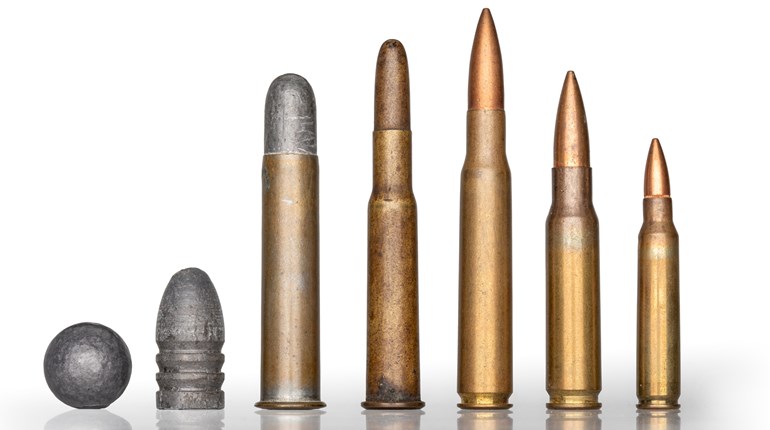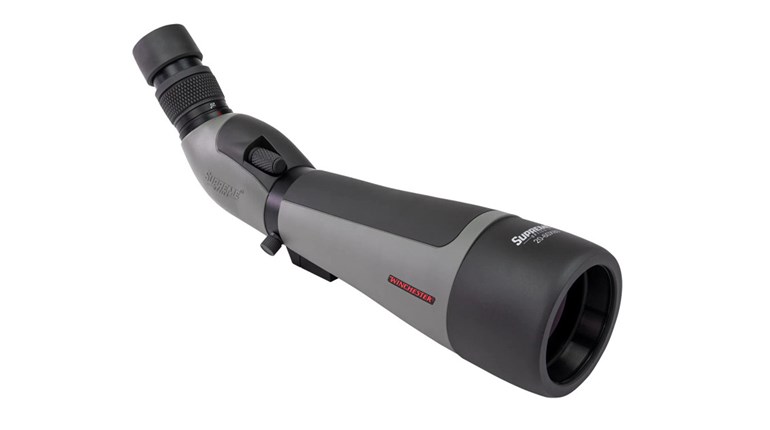
We own our firearms for our own individual reasons. Whether we purposely own them for self-defense or not, every firearm can be pressed into service as a lifesaving tool (yes, even Grandpa’s ancient .22 LR bolt-action, single-shot). If forced to defend ourselves or our loved ones in our homes or in public, we are required to meet strict, legal, self-defense requirements. There may be an intensive investigation about the circumstances surrounding our decisions. The consequences for improper decision-making about using force in self-defense—and deadly defensive force, especially—are severe.
When we’re forced to shoot in self-defense, we commonly experience an overwhelming surge of hormones, like cortisol and catecholamines (such as adrenaline and norepinephrine). The list of potential effects, both positive and negative, on our perceptions, thinking ability and physical coordination is long. Generally, we’ll be hyper-focused on the person—or weapon—trying to hurt us (tunnel vision), our hearing will lessen and we’ll be clumsier than usual. If that’s not enough, our complex thinking slows. We may, temporarily, have far greater strength than normal, while not noticing pain. Suffice it to say, this hormonal-cocktail rush means we will likely process and perform to our lowest level of regularly practiced skills. Bad habits in manipulating and firing tend to be amplified while fighting for our lives. We generally don’t rise to the occasion when under a threat.
Understandably, a sense of overwhelming urgency is commonly experienced in self-defense shootings. Because we’re afraid of injury or worse, we want to make that threat immediately go away. This can lead to firing as fast as possible, launching as many rounds toward the threat as possible over the shortest time possible, desperately hopeful that creating a “wall of lead” will do the job. This is derisively—and accurately—called “spray and pray.”

“Spray and pray” likely has two causes. The first is the frantic desire to immediately stop the threat’s ability to harm us. The second is the belief that shooting is going to save our lives and by shooting more, we’ll then be safer. So, our urgency pushes us into shooting as fast as possible so we’ll be “mostest safest.” We see this idea of shooting ever faster advocated in many shooting programs and videos. The emphasis to decrease the time needed to make first-round hits from the holster and split-times between multiple rounds is preached as the only way to success: it not only wins trophies, but also saves lives.
That can be true for those who have trained extensively and, most importantly, consistently performed to elite standards. These individuals are often Olympic-quality athletes who fire hundreds—possibly even thousands—of rounds weekly, while dry-firing 10 times that number. These athletes, both amateur and professional, can shoot with almost superhuman speed and accuracy. But, what about the rest of us “normal” folks who are not elite athletes, work our 40 hours, spend time with our families and have a budget that does not include purchasing boxcars of ammunition every year? Most of those who’ve trained to shoot faster and faster, though not all, tend to have severely decreased accuracy when put through force-on-force drills where the level of stress is much lower than in an actual self-defense shooting.
There’s a funny thing about shooters. When I used to see Michael Jordan play basketball, I never once thought I could play like Mike. Yet, put a firearm in my hand and I think I can shoot at least as fast as Jerry Miculek or Rob Leatham. In the reality of self-defense, shooting is only mildly interesting. Only hits count. We may want to emulate those elite shooters, but as Dirty Harry said, “A man’s gotta know his limitations.” (That goes for women, too.)
There’s nothing truer in a gunfight than “hits count.” Knowing what we can do and, more importantly—what we cannot—is vital to surviving. And, knowing that we will feel an overwhelming urgency to send those rounds downrange as fast as possible is something we need to intentionally guard against. Hits count. Making noise wastes precious ammo, with every missed round giving the threat another opportunity to kill us (and remember, we’re still responsible for those projectiles and where they land).
If we come to believe that shooting faster will save our lives, whether through prior training or through desperation, the act of shooting as quickly as possible—simply putting rounds downrange—will be prioritized more than hitting. This will be true regardless of the distance of that threat. We see a clear example of this in shootings where a defender is firing at a threat some distance away. The defender aims, fires and sees no apparent reaction. The second shot is fired more quickly than the first. Seeing no reaction, subsequent gunshots quicken, with rounds dumped at the threat until slide lock. Rather than continuing to aim and more accurately fire, the perceived urgency created by missing transitions to rapid fire with little aiming.
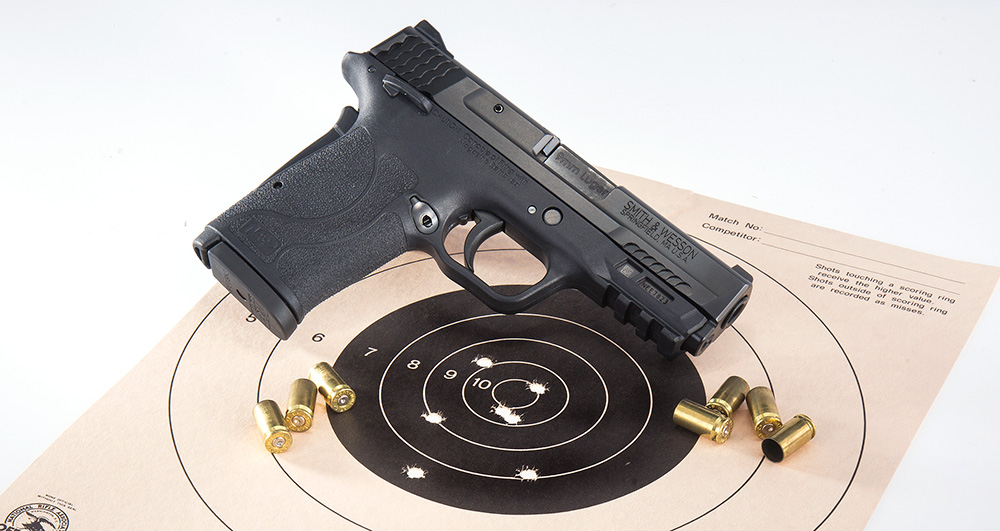
What about when the threat has been stopped? It’s often more apparent when to begin firing than it is discerning when to cease fire. We shoot and keep shooting because we are afraid of an imminent threat to our lives, but when, exactly, is that threat over? More importantly, when was it perceived? This is difficult to distinguish while in peak fear and actively defending our lives. There is no independent referee calling, “cease fire!” Once there is no longer a perception of imminent deadly threat, we are required to stop shooting. The reasonable perception of the beginning and ending of imminent threat is the key.
Some prosecutors may focus on the conclusion of the shooting in making a decision to prosecute. While they could admit the initial shots were in self-defense, they may determine a criminal act was committed by “the last few unjustified rounds fired at the ‘victim.’” These prosecutors point to the end of the actual threat when the attacker is down or has dropped their weapon before the last round or rounds were fired.
“Perception-response times” at the beginning and at the end play a part in every shooting. It takes several tenths of a second to perceive, assess, decide and then react before we can begin shooting. Practically, this means we are in imminent danger, but not yet shooting. It similarly requires several tenths of a second to stop shooting after realizing the danger is over. This is inescapable regardless of training, experience or skill. It’s just the inherent human limitations with which we’re born.
A lot is required of us to stop shooting while we are urgently attempting to save our lives. Remember, we started shooting because we believe someone is attempting to murder us. To stop, we must first perceive a change in the threat’s status: the firearm or knife was dropped, the threat had fallen to the ground or had turned and begun to run away. That requires us to interpret what that change means, and then to extrapolate how that change might affect us in the next moments. Only when we can determine we are now safe can we decide what to do, which most likely means we stop shooting. Once we make the decision to cease fire, it then takes even more time to physically stop the trigger finger from pressing the trigger. This all is measured in tenths of a second—or less. And those tenths of a second mean more bullets are sent at the threat.
An untrained shooter can fire four rounds per second while an elite, trained shooter is capable of firing seven or eight accurate rounds per second. This inherent delay to stop shooting generally translates into one to four rounds fired before being capable of stopping our fingers from rapidly pressing our triggers. It simply requires time to stop shooting after finally perceiving the threat is over.
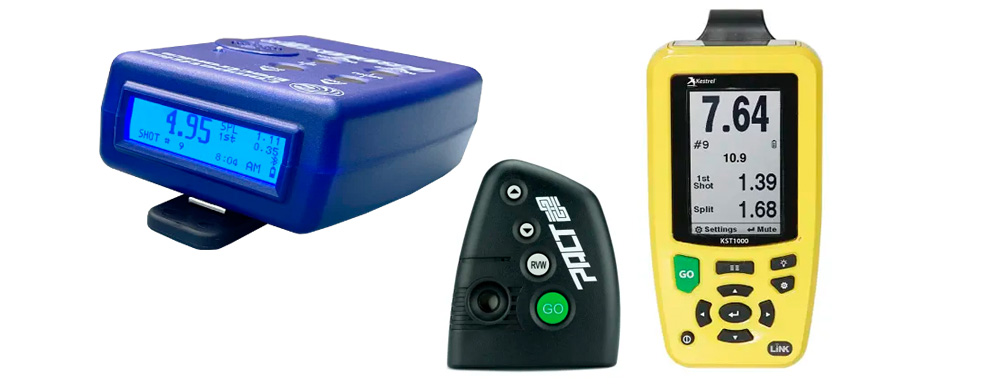
If this seems like a no-win situation, it isn’t, but it can be quite difficult. While a prosecutor may unfairly employ superhuman judgment that 20/20 hindsight affords, we must be conscious that we are not only responsible for each round fired, but for considering whether the deadly threat remains as we continue firing. There is a real tension during a shooting between the perceived need to keep shooting to survive and the need to stop shooting. If planning your shooting survival strategy around a rapid mag dump, post-shooting life may not work out well for you. For those who say, “I’d rather be judged by 12 than carried by six,” they’ve never been judged by 12. Generally, it’s only a bit better, and that’s if you’re acquitted. Therefore, it is important we fix in our minds that we fight for our lives with each round in the chamber to get hits and only possibly, but not necessarily, with every round in our magazines.
The NRA members reading this magazine are among the most law-abiding people in the world. We take pains to lawfully own and carry our firearms and are hesitant to fire in self-defense until certain we discern the legal threshold of threat to our lives has been exceeded. We are also cautious with each round fired in self-defense to meet the legal need to fire only until we perceive the threat has stopped. Yet, we must work within the reality of our human limitations and the time required between perceiving changes in that threat and then acting upon those changes, both when beginning and ending our fire.
Training to fire while consciously balancing speed versus accuracy—emphasizing accurate-enough fire to be effective enough to stop the threat’s ability to continue to harm us—assists us in meeting this legal standard. Self-defense shooting, whether close or at distance, is not about “speed.” Success is about effectively hitting in time, on-time. Orienting our mindset to deliberately “hitting” rather than “shooting” can help us, resulting in being forced to fire fewer rounds with greater effectiveness, while possibly lessening our exposure to prosecution later. Shooting to save one’s life by stopping a threat also means stopping as soon as possible after perceiving the threat has ended.
Most are worried about “when to shoot.” That valid question can only be answered within the context of the specific facts in the moment. We must be equally concerned about “when to stop shooting.” The answers at both ends of the self-defense shooting are grave and as important to us in our continuing health and freedom. Of the two, perceiving when to stop may be the more difficult.




























